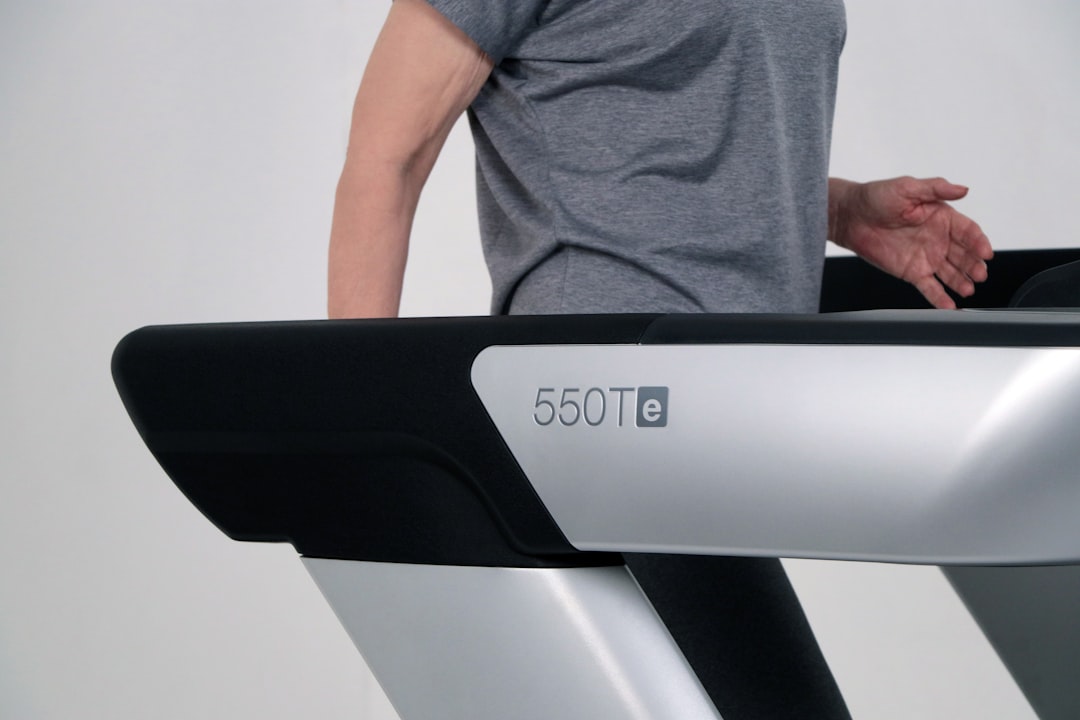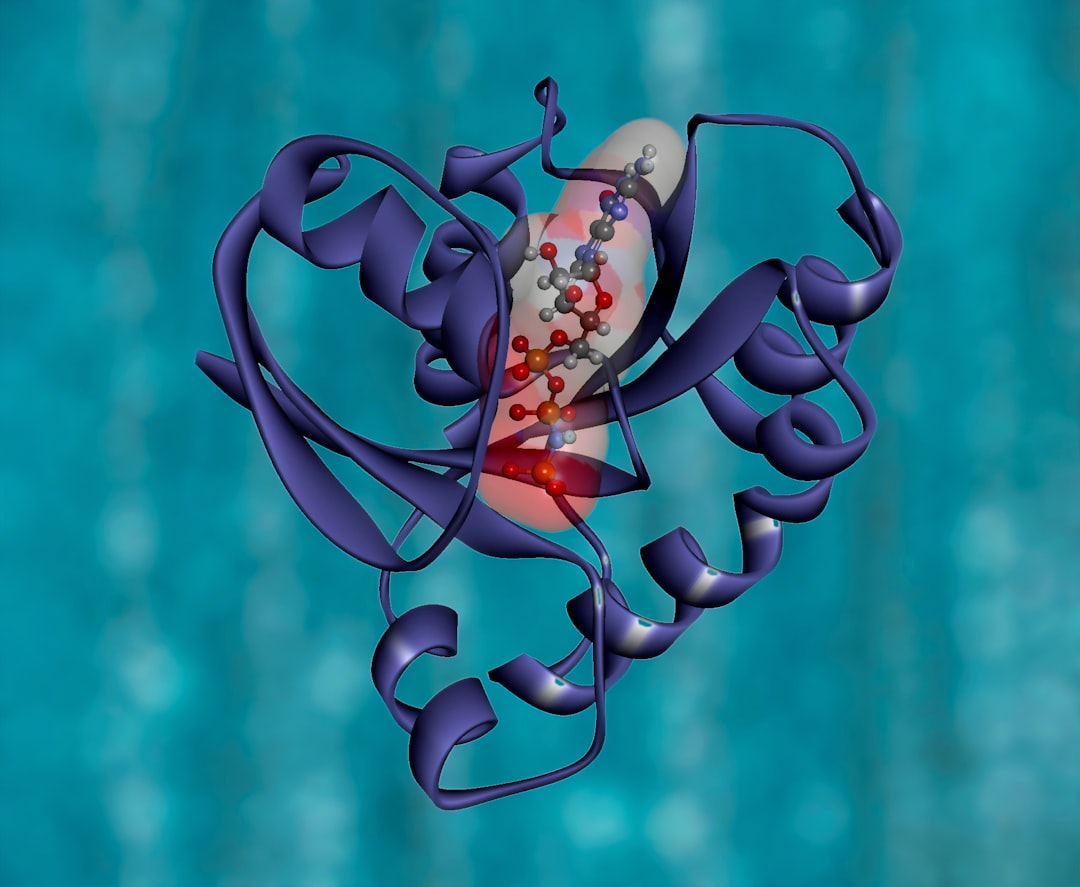What is it about?
Identification of amino acid residues in the SARS-CoV spike protein required for activation by TMPRSS2 We have previously demonstrated that the host cell protease TMPRSS2 activates the SARS coronavirus spike protein (SARS-S) and that a TMPRSS2 inhibitor blocks SARS-CoV spread and pathogenesis in a rodent model. However, the amino acid residues in SARS-S that are required for cleavage by TMPRSS2 were largely unknown. Here, we show that SARS-S residues R667 and R797 are important for cleavage and activation, respectively.
Featured Image
Why is it important?
The findings show that an intact S1/S2 site (border between S1 and S2 subunit of SARS-S) is dispensable while an intact S2' site (located close the N-terminus of the fusion peptide) is important for SARS-S activation by TMPRSS2. In contrast, the integrity of both sites is dispensable for S protein activation by cathepsin L. The latter finding is in keeping with the relatively broad substrate specificity of cathepsin L and suggests that this protease can use auxiliary sites for S protein activation if S1/S2 and S2' are not available.
Read the Original
This page is a summary of: Different residues in the SARS-CoV spike protein determine cleavage and activation by the host cell protease TMPRSS2, PLoS ONE, June 2017, PLOS,
DOI: 10.1371/journal.pone.0179177.
You can read the full text:
Contributors
The following have contributed to this page










